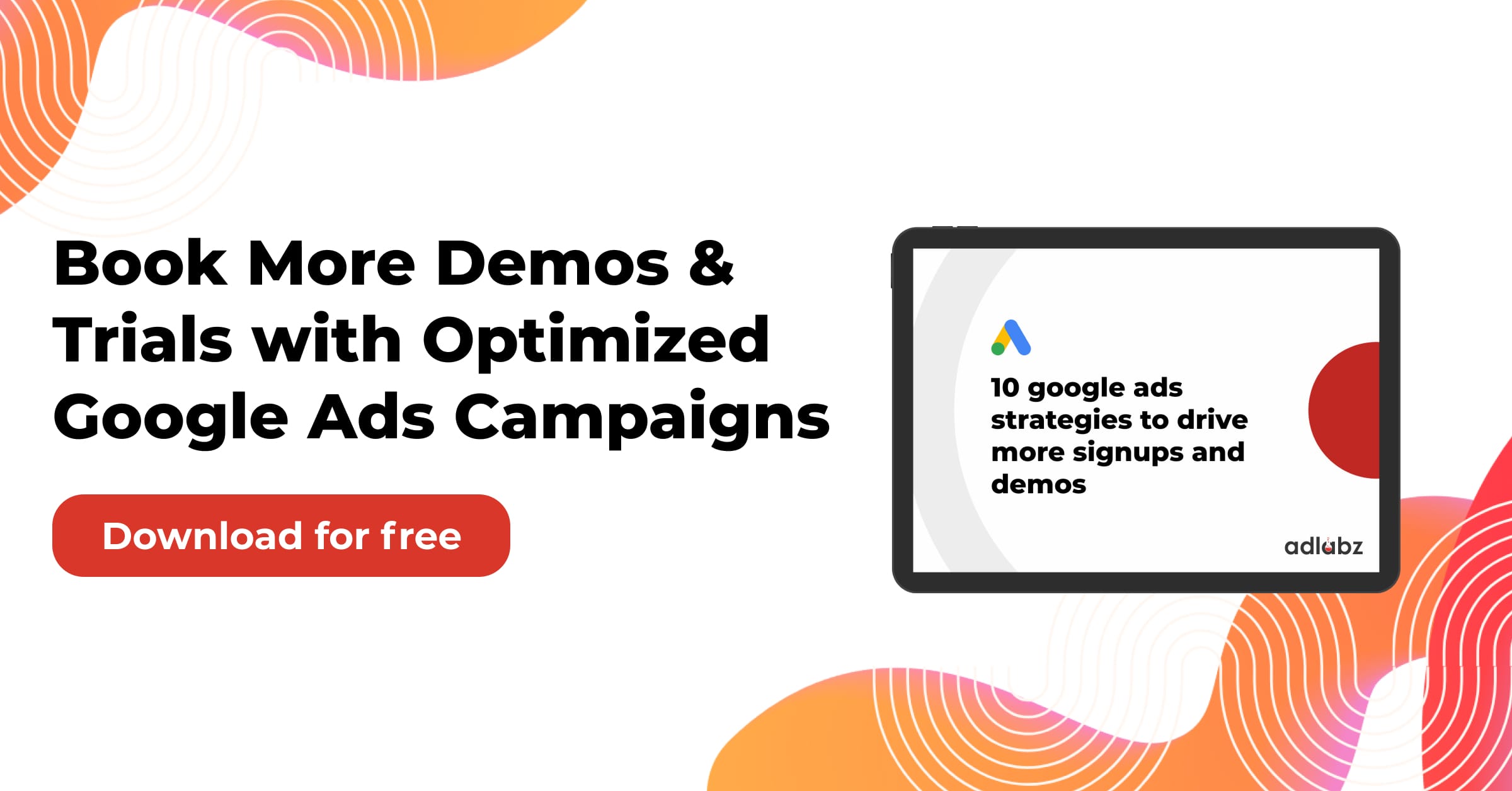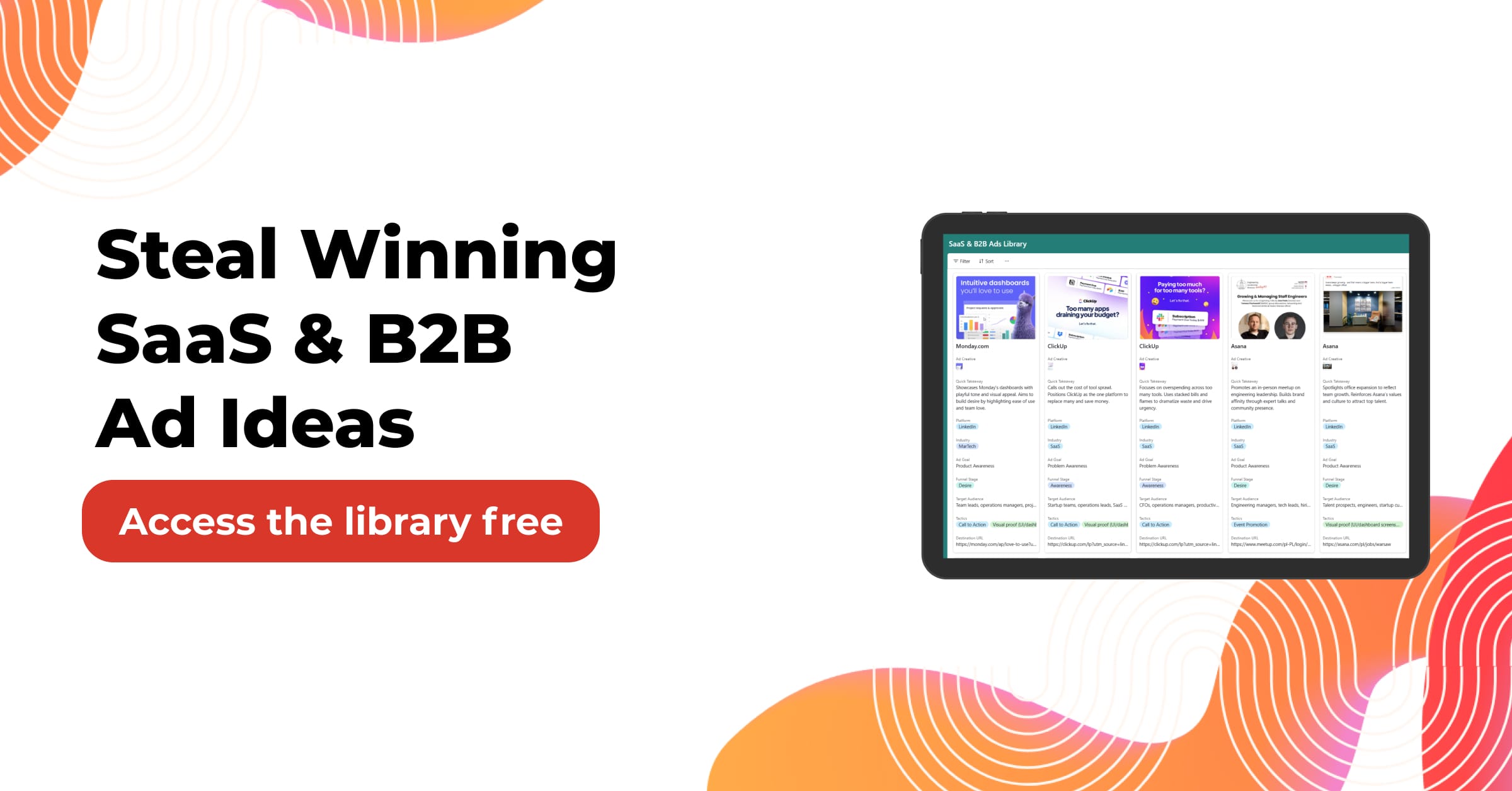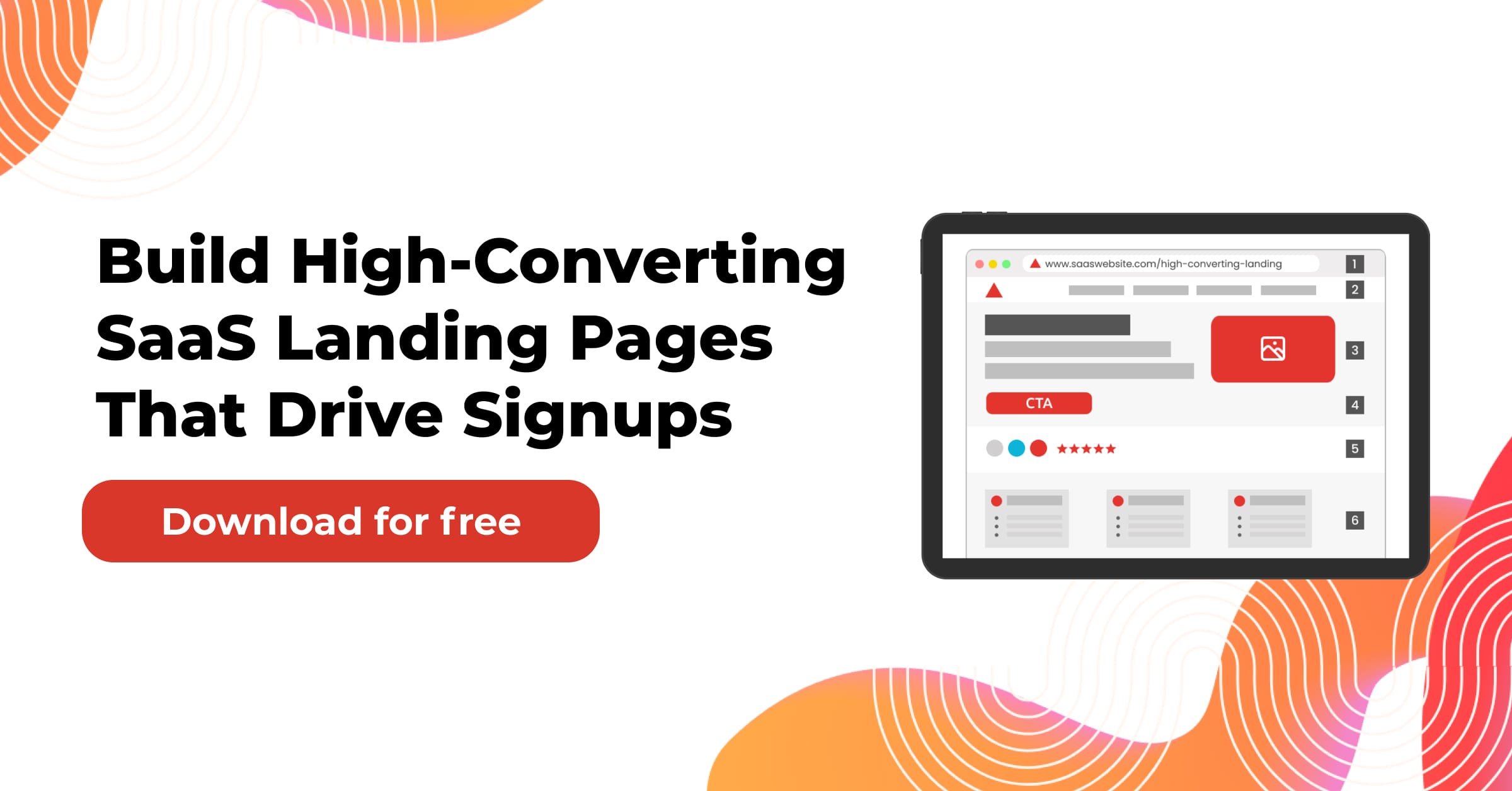What’s all the fuss about ranking your business or website higher on Google (or Bing, Yahoo, etc.)? Why are business owners throwing in their hard-earned money on SEO & to appear at the top?

Are they being competitive, or does the SERP truly matter?
Well, asking experts this question is like questioning if the sky is blue. Of course, it matters!
You wouldn’t believe it, but Google alone handles over 90% of searches. Bing follows at 3.19%, Yandex at 1.52%, Yahoo at 1.33%, Baidu at 0.76%, and DuckDuckGo at 0.64%.
Jump To:
How to Earn Those Top Rankings – A Multifaceted Strategy
Google Ads – The Other Side Of The Same Coin
SERPs are the core of SEO. Not just SEO, but also Google Ads! When someone searches for a product or service you offer, you need to be at the top. If you’re not there, your competitor will take away the golden leads, easy as pie.
Topping search engines today is tougher than it was in 2023. You must navigate evolving algorithms & multiple factors to drive more traffic and conversions to your site.
Organic vs. Paid Results
Organic Results (Free But Time Taking)
These listings appear naturally after typing a search query. Websites earn these spots through SEO strategies that make them more relevant & trustworthy to search engines like Google. By optimizing your content & website structure, you improve your chances of ranking higher for specific keywords.
Imagine owning a landscaping company that crafts stunning backyards. To attract customers looking for those dream yards, you wouldn’t just show pictures – you’d speak their language! Your site would use phrases like “backyard landscaping near me” or “patio design ideas.” Those are the keywords potential customers use.
Read this article: 10 Best Landing Page Designs of 2023
So you pepper these keywords across your site, from service pages titled “Backyard Landscaping Services in [Your City]” to blog posts like “Create Your Dream Backyard: Design Ideas for [Your State] Homes.” Even your contact section can say something like “Get a Free Quote for Your [City] Landscaping Project.”
By using these carefully chosen words, your site becomes a magnet for search engines. The higher you rank in results, the more visible you are to customers seeking landscaping services near you. More visibility means more calls, inquiries & ultimately more clients.
Paid Ad (The Fast Track But With a Price Tag)
Paid ads are labeled “Sponsored” or “Ads,” appearing at the top and bottom of SERPs. Businesses pay search engines every time someone clicks on their ad. This generates immediate website traffic.
Think of it this way: Imagine your bakery just opened & you want customers ASAP. Paid ads are like flashy flyers in the neighborhood – they create immediate buzz. However, unlike organic SEO which offers lasting benefits, paid ads need ongoing investment. Once you stop paying, the ads vanish from SERPs.

The Diverse Features of SERPs
While organic and paid listings are fundamental parts of SERPs, several other features significantly impact site traffic.
Let’s explore the most common ones:
- Featured Snippets – Immediate Answers To Potential Customer’s Queries
Featured snippets provide direct answers at the top of the SERP and save users from clicking through multiple pages. Ranking for one can boost organic traffic significantly.
For instance, if someone searches for the “best way to make sourdough bread,” a featured snippet from your bakery’s site with a concise guide could draw users to visit for the full recipe and check out other offerings.

- Local Pack for Businesses
The local pack highlights brick-and-mortar businesses with local intent searches by displaying three nearby listings with a map.
Imagine someone searching “best pizza place near me.” The local pack would show three nearby pizzerias—hopefully including yours! Optimizing your website with local SEO ensures you appear here and attract more local customers.

- Shopping Results on the Web
For e-commerce sites, shopping results display product images, prices & sometimes seller ratings right in the SERP.
Businesses submit detailed product info to get listed in shopping results—this showcases products directly on SERP to reach buyers ready to purchase.
By understanding these aspects & optimizing accordingly (both organically and through paid means), businesses can significantly enhance their online visibility and attract potential customers effectively.
Picked For You: 2024 Latest Guide For Google Shopping Ads
If you own a brand that specializes in limited-edition sneakers, you want to grab the attention of sneakerheads searching for the hottest kicks. You wouldn’t just showcase them on your website—you’d optimize them for online shopping searches!
By including your products in shopping results, your standout sneaker design could pop up right when someone looks for “limited edition sneakers for men” or “retro running shoes for women.” Seeing your shoe with its price, top-notch photo, and possibly great customer reviews could be that instant “add to cart” moment they crave.

- People Also Ask – A Gateway to Addressing Customers Needs
This section is a treasure trove of related questions & answers from Google’s search results. It acts like a springboard for users to explore more about their search query. Creating content that answers these “People Also Ask” questions lets your website capture even more organic traffic.
Some questions that might show up in the “People Also Ask” section for a search on “sourdough bread”:
People Also Ask:
- What is the difference between sourdough bread and regular bread?
- How long does it take to make sourdough bread?
- Can you buy a sourdough starter?
- Where can I find sourdough bread baking classes?
By creating helpful blog posts or web pages addressing these questions, your bakery’s website becomes a valuable resource. You could write detailed posts explaining sourdough bread’s unique characteristics and fermentation process compared to regular bread. Offering a beginner’s guide on making sourdough at home, with step-by-step instructions and troubleshooting tips, would help too.
This strategy positions your site as an authority on sourdough bread and catches users actively researching the topic. Provide valuable content that meets their needs, and you’ll increase the chances they’ll visit your site and become customers.
How to Earn Those Top Rankings – A Multifaceted Strategy
The quest to dominate the market is never-ending. The top spot is fiercely competitive, & just tossing content out there won’t cut it.
Understanding Search Engine Results Pages (SERPs) and using effective strategies can help you climb the rankings. We’ll look at challenges from paid ads to no-click searches and give actionable tips for crafting a winning strategy.
Rank Organically Via SEO
Understanding the Competition
The SERP isn’t level ground. Paid ads often grab prime positions, getting user attention before organic listings. These targeted ads make it hard for your content to stand out, especially for high-intent transactional keywords.
That’s where thorough keyword research helps. By finding keywords with lower cost-per-click (CPC), you can increase your chances of organic success.
Another hurdle is the rise of no-click searches where Google provides answers directly on the SERP through snippets & knowledge panels without needing users to click any website.
While no-click searches might seem discouraging, there’s a bright side: ranking for featured snippets boosts brand awareness significantly, even if it doesn’t directly lead to clicks.
High-quality content is King
Getting past obstacles & claiming top SERP spots depends on high-quality, relevant content. Google prioritizes valuable content that fits user intent.
In-depth keyword research forms the base of any successful SEO strategy. Knowing what your audience searches helps tailor your content to meet their needs & questions. This increases ranking chances and ensures resonance with your audience.
Even if you’ve got the most informative article online, it won’t help if users scroll past it. Optimize your listing’s appearance in SERPs to attract clicks.
Craft compelling titles & meta descriptions that reflect your content accurately while grabbing user attention. Think of them as mini-adverts—clear, concise & informative using relevant keywords.
Also Read: Google Ads Optimization – 13 Proven Tips To Improve Your ROI
Harnessing the Power of SERP Features
Don’t underestimate SERP features like featured snippets & knowledge panels. They put your brand front & center, boosting visibility even if they result in no clicks.
Optimize content for these features by structuring it well with clear headings & subheadings—this boosts chances of appearing in featured snippets.
Google Ads – The Other Side Of The Same Coin
Google Ads might not guarantee top organic search spots but it’s vital in boosting visibility & attracting visitors to your site.
Let’s see how Google Ads helps achieve this:
Keyword Targeting with Match Types: A Surgical Approach to User Intent
- Match Types
Think of keywords as ad triggers—Google Ads offers various match types acting like filters determining how closely a user’s search needs matching your keyword triggering the ad. Strategically selecting match types targets searches with high purchase intent ensuring ads reach likely customers.
- Broad Match
Picture broad match like casting a wide net—it captures many searches containing or similar variations of your keyword. While maximizing reach, it may also lead irrelevant clicks where users just browse not actively buying (Keyword: “Sourdough bread,” Ad appears for: “Best ways to store bread”).
- Phrase Match
This offers more focus compared to a broad match. Your ad appears for searches containing your exact phrase or close variations in the correct order. It’s a good balance between reach and relevance. (Example: Keyword: “Buy sourdough starter,” Ad appears for: “Where to buy fresh sourdough starter near me”)
- Exact Match
Exact match acts like targeted fishing—it shows ads only for searches containing exact keyword/minimal variations offering highest relevance but narrower audience reach (Keyword: “Sourdough bread bakery near me,” Ad shows up when searched exactly).
And that’s how you attract more visitors!
Related Article: Right Google Ads Keywords For Maximum Conversions
Quality Score and Ad Rank
- Quality Score
Google gives each of your keywords a quality score from 1 to 10. This number tells you how well your keyword matches your ad group, the content on your landing page, and the chance that people will click on the ad (). A higher Quality Score means less cost & better placement on the search results page (SERP).
Here’s why:
Relevance Tops All
Google loves showing users ads that match what they’re searching for. If your keywords fit well with your ad content and landing page, your Quality Score gets better.
Compelling Landing Page
A smartly designed landing page makes users happy & boosts your quality score. For instance, if someone clicks an ad for “freshly baked sourdough bread” but ends up on a page about cakes, it’s a letdown.
- Ad Rank
Ad Rank decides where your ad shows up on the SERP. It’s figured out by multiplying your bid (how much you’re okay to pay per click) by your Quality Score and other things like ad extensions (we’ll talk about those later). So, a high-quality ad with a good bid is more likely to appear at the top of the SERP.
Ad Extensions and Calls to Action (CTAs)
- Ad Extensions
Google Ads lets you make your ad better with extra info that can help user experience & get more clicks. Some popular extensions are:
- Location Extensions: Show your business address and phone number so people can find you easily.
- Sitelink Extensions: Add links to specific pages, like “Order Online” or “Sourdough Bread Menu,” giving clear paths to follow.
- Call Extensions: Put your phone number in the ad, so users can call you with just one click

- Action Driven CTAs
Strong CTAs in ads are super important. Clearly tell users what to do next, whether it’s “Visit our website,” “Shop Now,” or “Order Delivery.” Good CTAs increase conversions once users click on the ad.
It’s all about balance. Google Ads works on a bidding system. While higher bids can lift your ad’s rank, planning smartly is key.
Final Thoughts
A Multifaceted Approach to SERP Success
Approach 1: SEO
SEO keeps changing & so do SERPs. New things pop up often, making it important to stay ahead. By always creating quality content, optimizing for user needs, and adapting to changing SERPs, success in organic search can be reached.
Approach 2: Google Ads
Don’t forget about paid search with Google Ads! While SEO is great long-term, Google Ads helps target high-intent keywords fast. This means quick results & can boost traffic while waiting for SEO efforts to kick in.
Ad Labz: Your Google Ads Partner
Feeling swamped by Google Ads? Let Ad Labz help! We’re a certified Google Ads agency ready to boost your business with paid ads. Our pro team will make catchy ads, target the right audience & monitor results so every dollar spent works well.
Get Started Today!
Don’t wait! Contact Ad Labz now for free help!





